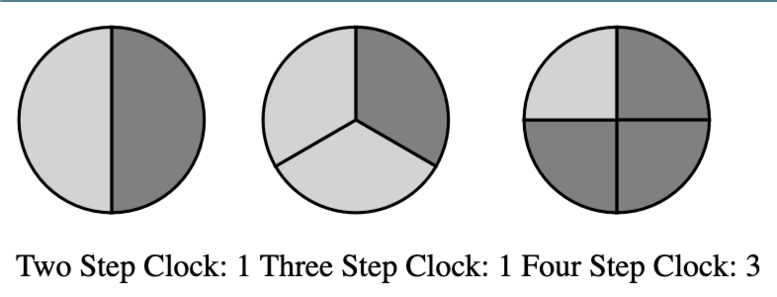If you build a custom element and it uses a child element with a CSS shadow part to expose its base styling, e.g. ::part(base), then this will be ignored if the custom element has content-visibility: auto.
So, if you want cards with box-shadow, the shadow styling has to be on the custom element itself, or :host, not the ::part() pseudo selector.



